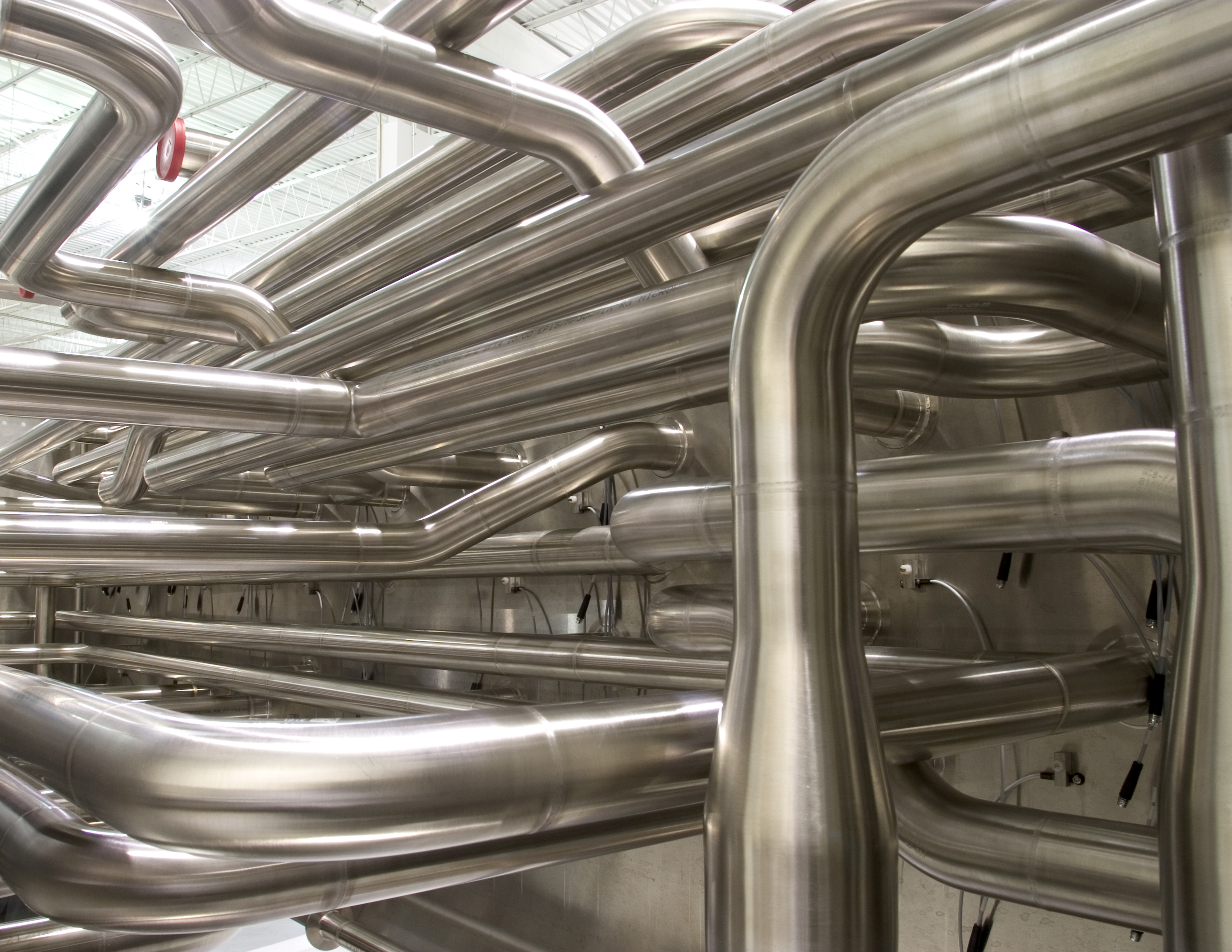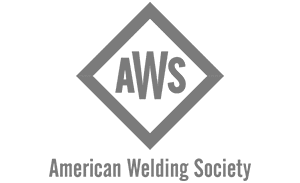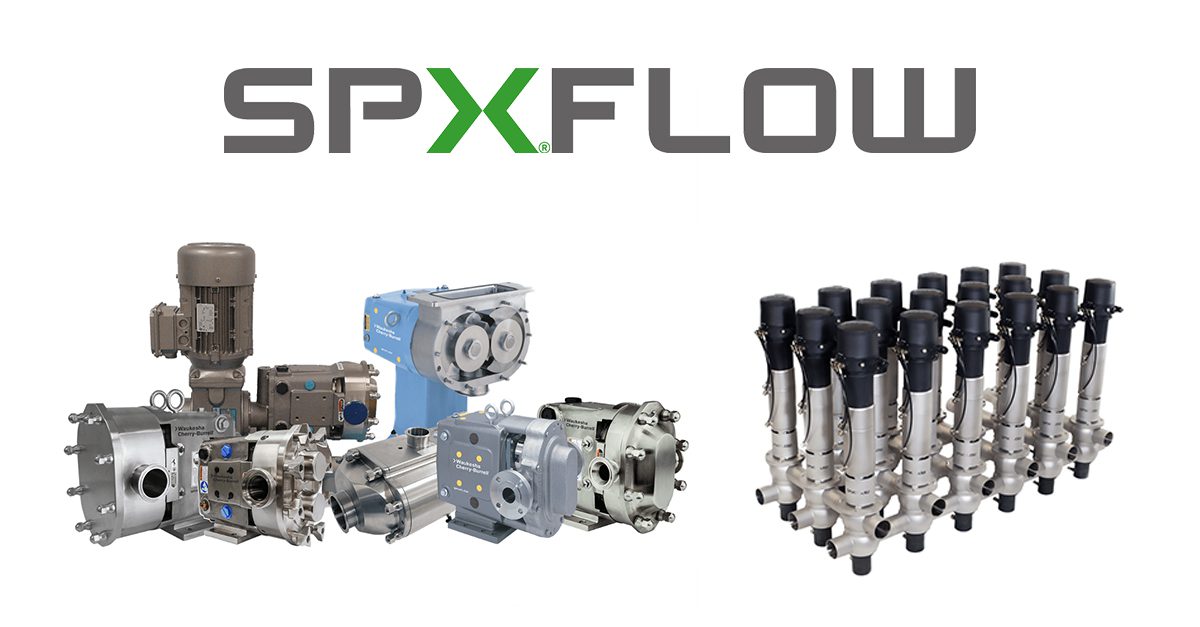What is the Difference Between ASME BPE Tubing and Standard Sanitary Tubing?
We provide a lot of sanitary stainless steel tubing to the food, beverage, personal care and biopharmaceutical markets. In previous blog posts we have detailed sanitary surface finishes, tolerances and dimensions. Today we want to take a look at sanitary tubing and bring some clarity to an issue we get asked about often. What is the difference between standard 316L stainless steel sanitary polished tubing and 316L ASME BPE marked tubing?
Overview
There was a time when what was considered standard “dairy” type tube and tubing used in the biopharmaceutical industry were very different. Diary tube had a 32RA ID surface finish. Pharmaceutical tubing usually had much better surface finishes, somewhere between 25Ra and 10Ra. There was a cost associated with that. Tubing with these better surface finishes was usually bought at a significantly higher price than the 32Ra tube.
Since their initial release in 1997, the ASME BPE standards have become pretty much the standard in the biopharmaceutical industry. The standard designates 6 different acceptable surface finishes, the most common SF1 (maximum 20 Ra) and SF4 (maximum 15Ra+electropolish). It also designates other acceptance criteria for surface finishes that we will address in a minute.
While this was going on, tubing manufacturers have continued to refine their manufacturing processes. To achieve a 20Ra ID surface finish used to be a multi-step, laborious process. Now it has become primarily automated. The end result is now the standard polished “dairy” tube comes with a 20Ra ID finish. No one offers 32Ra tube anymore.
From a metallurgical standpoint, standard 316L and ASME BPE tubing are identical. They are also dimensionally the same.
So what are the Differences?
So if SF1 ASME BPE tubing and standard 316L sanitary tubing both come with a 20Ra ID polish, why should I pay the premium to buy the BPE tubing? In a word, insurance. As mentioned above, the ASME BPE standards have additional acceptance criteria for surfaces finishes beyond simple Ra readings. They have an extensive list that addresses issues such as pits, nicks, inclusions and cracks. To ensure that the material meets these standards, each piece of BPE tubing is visually inspected by boroscope. Does this mean that the dairy tubing is full of pits and cracks? Absolutely not. But if you want to be absolutely sure that it does not, the ASME BPE tubing gives you that.
What is the Cost Differential?
The difference is cost between standard 316L sanitary tubing and ASME BPE tubing varies by size. For 1” tubing, you will pay about a 13% premium. This premium is reduced in larger sizes. For 4” tube the price differential is a little over 2%.
Is one type harder to get than the other?
No, they are both readily available. We stock both standard sanitary 316L tube as well as the 15Ra + electropolish ASME BPE tubing. Our primary supplier for tubing in Rath Gibson.
Hopefully this post brings some clarity to a bit of a confusing topic. If you have any questions on this or any other topics regarding sanitary process, contact us via our web site or give us a call at 800-800-8464.








